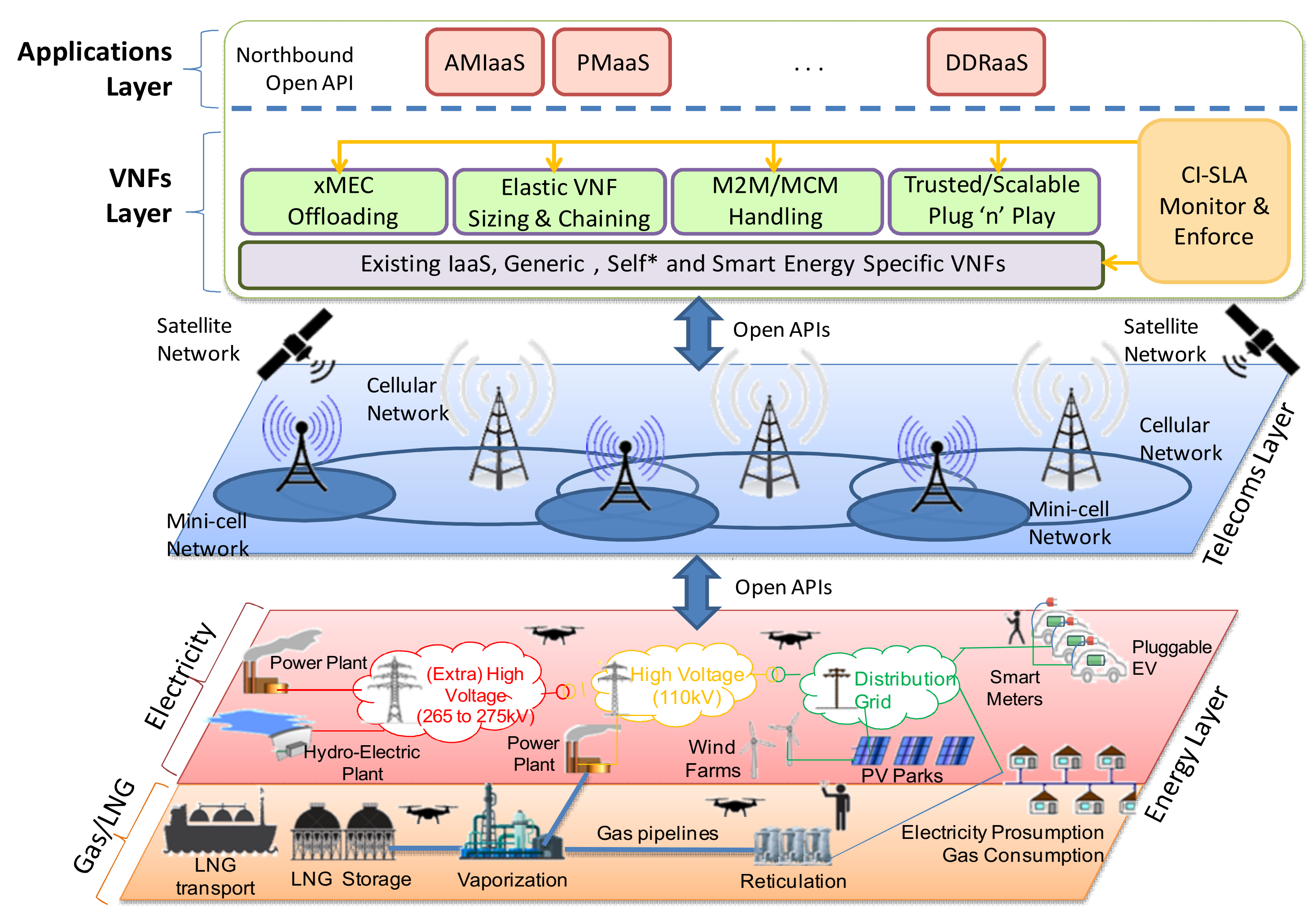5G is the 5th generation cellular network technology that provides broadband access. The 5G wireless de-vices also have 4G LTE capabilities, as the new networks use 4G for initially establishing the connection with the cell, as well as in locations where 5G access is not available. 5G can support up to a million devices per square kilometre, whereas 4G supports only 4,000 devices per square kilometre.
Technology Types
With no firm 5G technology standard truly in place at this time, the market is still figuring out the essential 5G features and functionalities. The primary 5G standards bodies involved in these processes are the 3rd Generation Partnership Project (3GPP), the Internet Engineering Task Force (IETF), and the International Telecommunication Union (ITU). 5G’s main characteristics are large bandwidth (> 1 Gb / s), high connection density, low latency (< 5 ms) and high connection reliability (99.99%).
Components & enablers
N/A
Advantages & field of application
5G technologies is a fundamental layer in electricity power systems (Figure 1) that will enable IT-AM, WAMS and WAMPAC systems. 5G technology and IoT devices, together with deep learning algorithms, will connect distribution electricity systems with transmission electricity systems at the highest performance resolution and computational level regarding Big Data and digitalisation.
Monitoring includes monitoring of grid equipment, including real-time situational awareness and supervision of capacitor bank controllers, fault detectors, re-closers, switches, and voltage regulators within substations. PMUs for wide area monitoring of the voltage and current in the grid are used to detect faults in the grid. In this scenario, the frequency of sending data in this scenario is less compared to protection and also the demand for low latency is less strict; however the need of time synchronisation, security and large-scale coverage becomes extremely important.
Other than the PMUs, there could be sensors installed on different points in the grid to monitor the temperature, vibration and other physical characteristics of the devices in the grid. Metering devices, which already today are commonly deployed using wireless technologies, can also be a data source for the evolved power grid. Video surveillance of remote substations represents another type of application, with a significantly higher bandwidth need.

Technology Readiness Level
TRL Score 7 – Demonstration System Operating in Operational Environment
Research & Development
Emerging applications and services enabled by 5G:
Smart Grid:
- Drivers: Smart Meters deployment, Intelligent / Automated demand / supply control, Power line communication, AM, Predictive maintenance, WAMS and WAMPAC systems and analytics
- Enablers: IoT sensors and networks, AI
Automotive/Autonomous Cars:
- Drivers: Collision avoidance, intelligent navigation and transportation systems
- Enablers: V2V, Vehicle-to-Infrastructure (V2I) and other intelligent transport systems (ITS)
Smart Cities:
- Drivers: Connected utilities, Transportation, Healthcare, Education and all amenities
- Enablers: Massive IoT networks, Automation, Cloud infrastructure, AI
Best practice performance
N/A
Best practice application
References
N/A